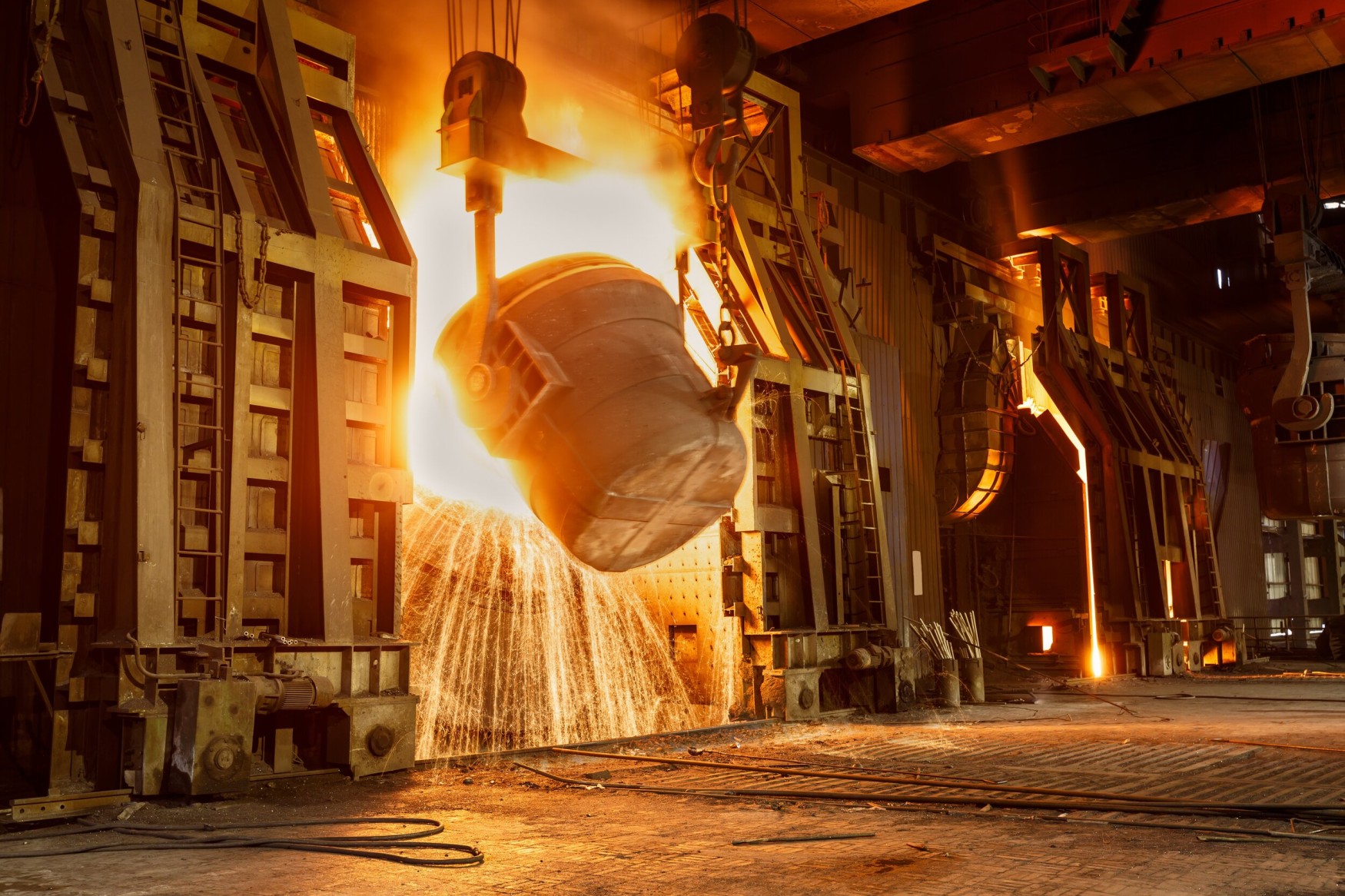India–US Trade Tensions Rise Over Steel and Auto Tariffs NMDC Limited reports a 38% drop in Q4 FY24 consolidated net profit RINL to Raise $23 Million Through Land Sales Amid Crisis

According to the China Steel Association (CISA), total emissions in China’s steel industry surged by 9.4% in January - March compared to the same period in 2023. Sulphur dioxide emissions per tonne of steel amounted to 0.2 kg/t (-3% y/y), particulate matter – 0.19 kg/t (-5.9% y/y), nitrogen oxide – 0.34 kg/t (-6.5% y/y).
The total volume of water used by metallurgical enterprises in January-March increased by 3.6% y/y – to 22.99 billion cubic meters. In particular, new water intake decreased by 1.6% y/y, while reuse increased by 3.7% y/y. The water reuse rate amounted to 98.4%, up 0.09ppt y/y.
Chinese steelmakers produced 21.3 million tonnes of steel slag in January-March, up 0.2% y/y. Blast furnace slag production decreased by 0.1% y/y – to 55.5 million tonnes. The utilisation rate of steelmaking slag was 99.1% (+0.73% points y/y) and blast furnace slag was 98.2% (-0.59% points y/y).
Blast furnace gas production amounted to 228.04 billion cubic meters, down 0.48% y/y, BOF gas production amounted to 20.01 billion cubic meters (+4.4% y/y), and coke oven gas production amounted to 13.54 billion cubic meters (+6.2% y/y). The blast furnace gas utilization rate was 98.9%, up 0.5% points from January-March 2023, BOF gas utilisation rate was 97.9% (-0.23% points y/y), and coke oven gas utilization rate was 98.8% (+0.49% points y/y).
China increased steel production by 0.6% in 2023 compared to 2022 – to 1.019 billion tonnes. Thus, the downward trend in the country’s steel industry has stopped after two consecutive years of declining production.
Last year, the Chinese authorities did not impose restrictions on steel production in line with their ambitions to reduce CO2 emissions, which contributed to an increase in production and revenue of local steelmakers. At the same time, in 2021-2022, the downward trend in the industry was supported by the relevant restrictions. Thus, in 2023, emissions increased by 7.8% y/y.
Also Read : India's steelmakers fall short of investment targets due to China-linked delays India intends to revamp its steel imports mechanism